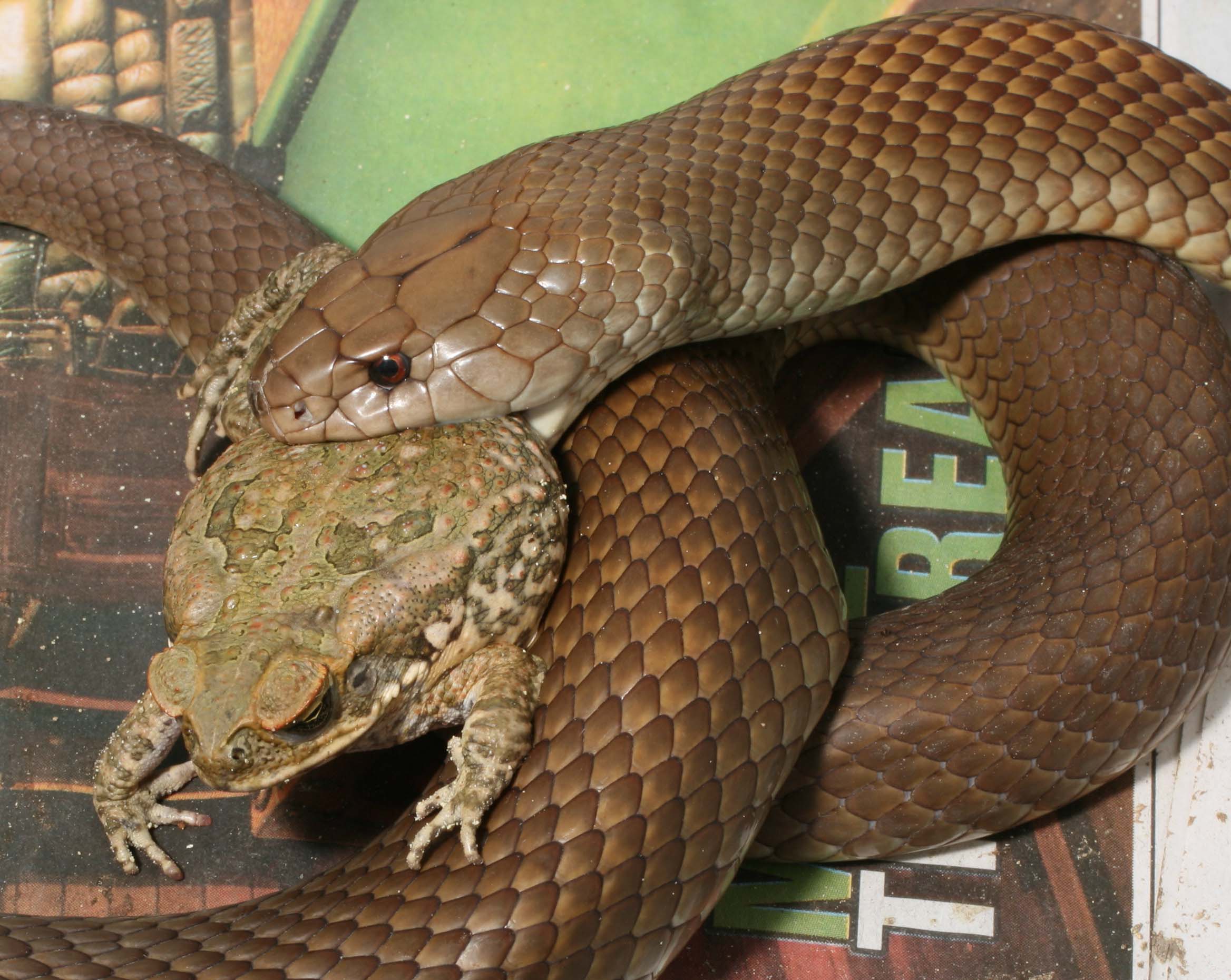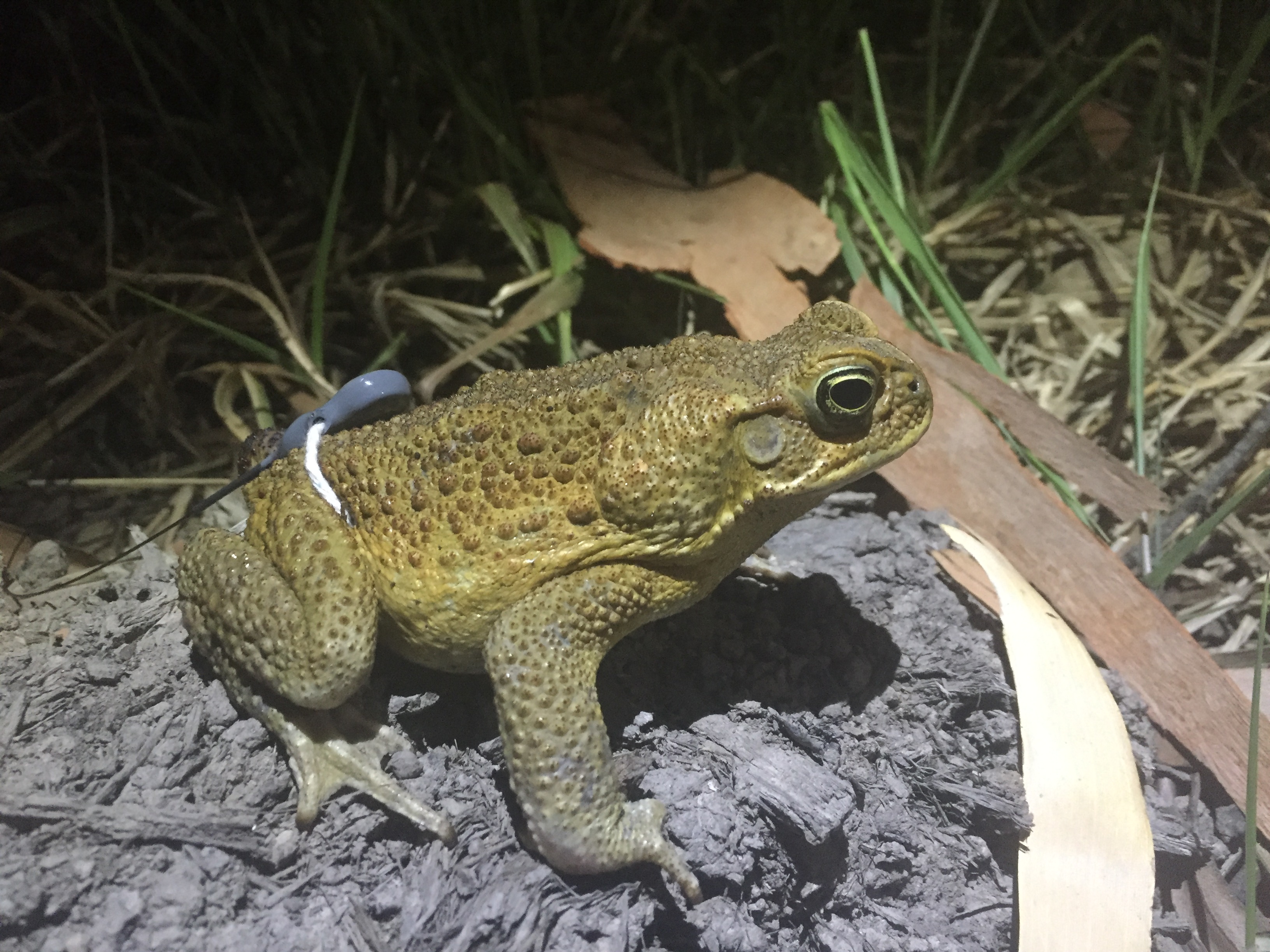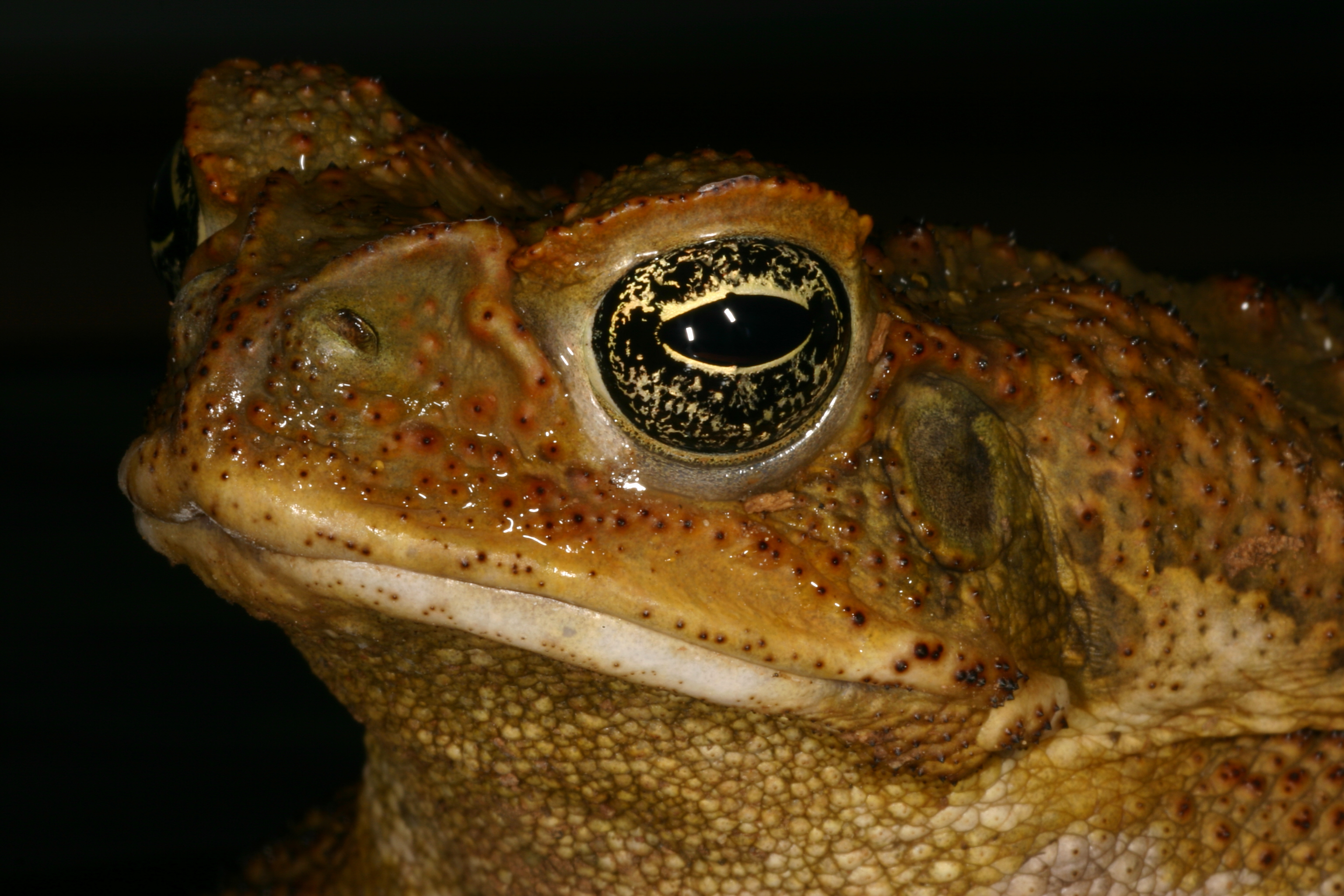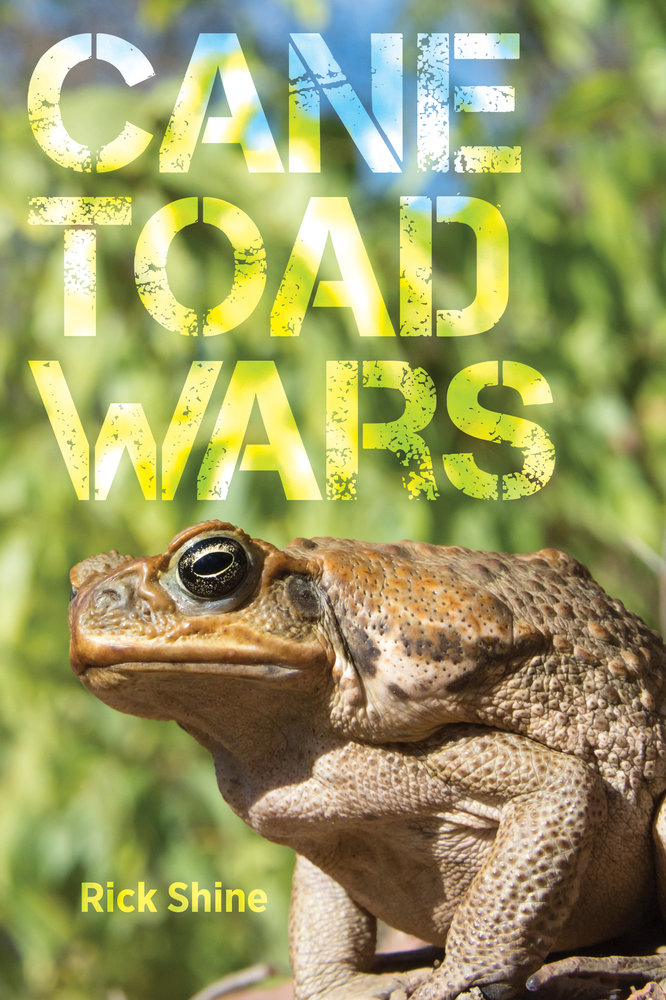Cane Toads in Oz
Cane Toads!!
Just hearing those words creates fear and loathing in many Australians. These feral amphibians have become a major invasive threat to biodiversity in Australia (often called "Oz" by the people who live there) since their introduction in North Queensland. Reports that these poisonous amphibians have invaded through the Northern Territory and have reached Western Australia fuel this national sense of fear and loathing. Newspaper reports of cane toads being found right across the country, and breeding as far south as Sydney, create widespread alarm. Community groups have been mobilized in the attempt to quell this stampede.
CaneToadsInOz.Com invites you to the cane toad frontline to see firsthand the research being conducted on Bufo marinus (or, if you want to be technical, Rhinella marina). CaneToadsInOz.Com will take you behind the scenes with award-winning Australian scientist Professor Rick Shine and members of his research group from Macquarie University, TEAM BUFO, to see the work they are undertaking to better understand this animal and its impact. Their research is producing startling outcomes.

Cane toads are highly poisonous, and trying to eat one will be the last supper for predators like this King Brown Snake. Photo by Jonno Webb.
The main way that scientists (like us) communicate the results from our research is to publish scientific papers in journals. These are pretty drab and are mostly read only by professionals who conduct research in the field, and by up-and-coming research students. But if you really want the details, lots of those papers are available free through websites like "Google Scholar".
Rick's laboratory web site has lots of detailed information.

TEAM BUFO has conducted dozens of radio-tracking studies on cane toads, to work out exactly where toads are traveling and how fast they are spreading. This picture shows a small grey transmitter tied to a waistband that holds the unit securely but does not harm the toad. We may not love toads, but we have to treat them humanely - it's not the toad's fault that they were brought to Australia by people! Photo by Matt Greenlees.
There's one huge benefit to scientific papers - they are reliable. Most statements
in social media involve people offering their opinions about things, without any evidence. Scientific papers are very different. They are
checked by anonymous expert reviewers. To be
published in a scientific journal, a paper has to provide reliable
evidence for everything it says. But that makes scientific papers more difficult to read, so, we decided to provide a user-friendly version. This website is designed to help
people understand more
about cane toads, their effects on the native fauna, and what we can do to
fight the invader. That’s what this website aims to do.

Photo by Lydia Fucsko 2021

For the full story about the cane toad invasion of Australia, and what we can do about it, read Rick’s book “Cane Toad Wars” (published by University of California Press, 2018). The book is written for the general public, not for scientists, and is aimed at a wide audience.
In 2018, Rick's book was selected by "Forbes" magazine as one of the ten best environment books of the year; and a chapter was chosen for inclusion in the prestigious "Best Australasian Science Writing".
The book can be purchased through online bookstores like Amazon, or you can buy a copy through your local bookstore.
